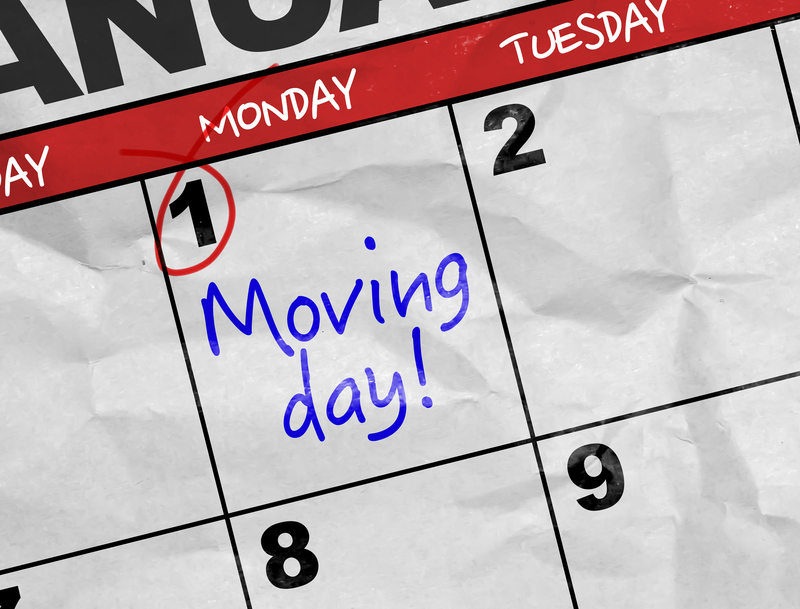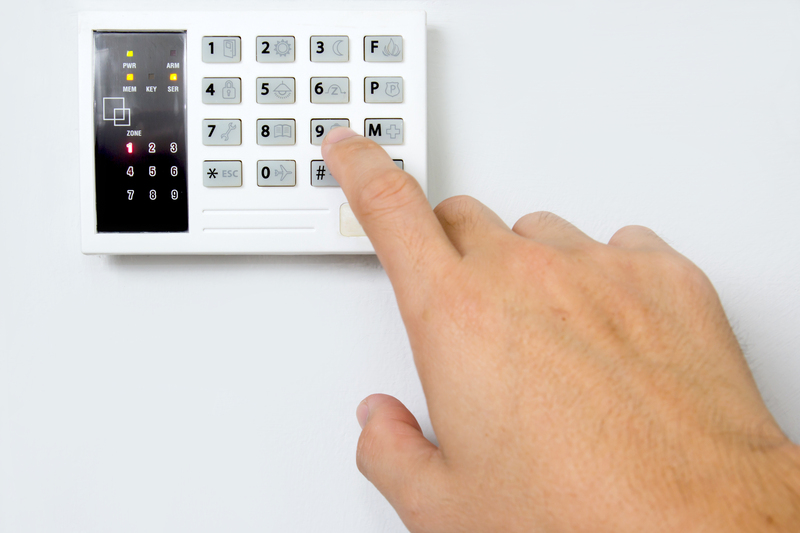Unpacking and Setting Up Your Bed and Mattress in Your New Place: The Ultimate Guide
Introduction: Making Your First Night Comfortable
Moving into a new home is both exciting and overwhelming. Among the many tasks on your to-do list, unpacking and setting up your bed and mattress should be a top priority. We all crave a restful night's sleep, especially after a hectic moving day. In this comprehensive guide, we'll walk you through detailed steps, insider tips, and expert advice to make assembling and arranging your sleeping space comfortable, efficient, and safe. Whether you're dealing with a memory foam mattress or a classic spring bed, this article will help you set up your bed and mattress in your new place with ease.

Why Prioritize Your Bed and Mattress Setup?
- Immediate Comfort: After a long moving day, having a comfortable bed to crash into is invaluable.
- Efficient Unpacking: Organizing your sleeping quarters first helps you stay energized for other tasks.
- Health & Safety: Proper assembly and placement reduce aches, pains, and potential hazards.
- Cohesive Organization: Arranging your bed helps structure the rest of your bedroom and home.
Packing and Moving Preparations for Your Bed and Mattress
Pre-Move Cleaning and Disassembly
- Clean Before You Pack: Always vacuum and wipe down your mattress and bed frame to avoid transferring dust and bacteria to your new home.
- Disassemble the Bed Frame: Break down the bed frame according to manufacturer instructions. Use labeled bags or boxes for screws and small components.
Transportation Tips
- Use Mattress Bags: Transport your mattress in a protective plastic bag to deter dust, pests, and moisture.
- Wrap Bed Parts: Pad fragile bed slats, headboards, and footboards with moving blankets or bubble wrap.
- Keep Hardware Accessible: Store bolts, nuts, and instructions in a labeled bag taped to the bed frame or stored with essential items.
Getting Started: Unpacking Essentials
What You'll Need Before You Begin
- Bed frame parts (headboard, footboard, side rails, slats)
- Mattress (memory foam, hybrid, innerspring, or latex)
- Assembly instructions and tools (Allen wrench, screwdrivers, pliers)
- Box cutter or scissors for packaging
- Mattress protector and fresh bedding
Set aside these essentials in a clearly marked "first night" box or bag to avoid rummaging through all your other belongings.
Step-by-Step Guide: Assembling Your Bed Frame
1. Choose the Right Location
Selecting the optimal spot for your bed in your new place is the foundation for a comfortable room layout. Consider the following when planning bed placement:
- Wall Position: Beds are traditionally placed with the headboard against a main wall.
- Proximity to Outlets: Ensure easy access to plug in lamps, chargers, or alarm clocks.
- Window and Vent Placement: Avoid drafty windows or direct sunlight that might disturb your sleep.
- Traffic Flow: Leave enough space on both sides for movement, especially if sharing the bed.
- Room Size: Visualize where dressers, nightstands, and closets will be for optimal function.
2. Unbox and Organize All Pieces
Lay out all the frame components and hardware. Double-check your inventory with the assembly guide, ensuring you're not missing any parts or tools.
3. Begin Assembly
- Step-by-step Instructions: Follow the manufacturer's instructions carefully, connecting side rails to the headboard and footboard first.
- Level the Frame: Make sure the assembled frame is on even ground to prevent squeaks and ensure mattress longevity.
- Install Slats or Box Spring: Place slats evenly or set the box spring securely in the frame.
4. Tighten and Secure Everything
Go over every screw and bolt twice to ensure all parts are firmly attached. This prevents future instability and prolongs the frame's life.
Your Mattress: Unpacking, Expanding, and Positioning
1. Carefully Remove Packaging
- Memory Foam or Bed-in-a-Box Mattresses: Slice open the outer wrap with a box cutter, taking care not to damage the mattress itself. Watch it slowly expand and regain its shape (usually within a few hours).
- Traditional Mattresses: Unwrap and air it out for a few hours to release any lingering odors from storage or packaging.
2. Mattress Orientation
- Label Awareness: Some mattresses have designated "head" and "foot" labels or handles for correct positioning.
- Even Placement: Ensure the mattress sits evenly on slats or the box spring for consistent support.
3. Air Out and "Break In" Your Mattress
Let a new mattress breathe in a well-ventilated room for at least 4-24 hours. This helps dissipate odors and allows the material to reach full firmness.
4. Add a Mattress Protector
A mattress cover shields against spills, dust mites, and allergens, prolonging mattress life and protecting your investment.
Making Your Bed: Tips for Ultimate Comfort
1. Layer Bedding for Maximum Rest
- Start with a Fitted Sheet: Smooth over the mattress for a tight, wrinkle-free base.
- Add a Top Sheet: This brings an extra layer of comfort and keeps your comforter or blanket cleaner.
- Choose the Right Comforter or Duvet: Select materials suited to your climate and personal preference, such as cotton, down, or hypoallergenic alternatives.
- Pile on Pillows: Use sleeping pillows for support and throw pillows for style and added relaxation.
2. Design for Your Space
Coordinate bedding colors and patterns to reflect your personality and make your new room truly feel like home. Don't be afraid to mix and match textures for a luxurious look.
3. Pay Attention to Ergonomics
- Pillow Placement: Align pillows to support your neck and upper back based on your sleeping style.
- Mattress Height: Some people prefer platform beds for easy access, while others opt for a higher profile with a box spring or tall frame.
Common Challenges and How to Overcome Them
1. Limited Tools or Missing Instructions
- Search for Digital Copies: Most brands provide manuals online.
- Create a Toolkit: Keep a small kit with pliers, screwdrivers, and Allen wrenches for quick fixes.
- Ask for Help: For larger or more complex beds, enlist a friend or family member to assist.
2. Tight Spaces or Awkward Room Angles
- Assemble Frame in Final Location: Build the bed where it will stay, unless the frame is easy to move.
- Use Corner Protectors: Add corner bumpers to bed frames to avoid injuries in close quarters.
3. Dealing with Old Mattresses or Frames
- Upgrade as Needed: Moving is the perfect opportunity to replace an old mattress if it's sagging, stained, or no longer comfortable.
- Dispose Responsibly: Donate, recycle, or schedule municipal pick-up for your outgoing bed or mattress--never dump in a landfill.
Caring for Your Mattress and Bed Frame in Your New Home
Regular Cleaning
- Vacuum Mattress Surface Monthly: This keeps allergens, hair, and debris at bay.
- Spot-Clean Stains: Use a mild detergent and cool water--never soak or over-saturate the fabric.
- Wash Bedding Weekly: This ensures a fresh and inviting sleeping environment.
Routine Bed Frame Checks
- Tighten Screws and Bolts: Make it a habit to check hardware for stability every few months.
- Inspect for Damage: Address splintering wood, bent metal, or squeaky joints as soon as you notice them.
Mattress Maintenance
- Rotate Mattress Every 3-6 Months: This helps prevent dips and uneven wear--unless your model is "no-flip."
- Air Out Regularly: Strip bedding and let your mattress breathe for a few hours monthly.
Creative Bed Setups: Small Spaces and Multifunctional Rooms
Maximize Floor Space in Studios and Apartments
- Platform and Storage Beds: Choose frames with built-in drawers or under-bed storage to maximize organization.
- Murphy Beds or Fold-Outs: Perfect for guest rooms or studio spaces for efficiency.
Lofts and Bunk Beds for Shared Rooms
- Bunk Beds: Ideal for kids' rooms or roommates to save space.
- Loft Beds: Create room beneath for a desk, reading nook, or extra storage.
Personalize for Comfort and Style
- Accent Lighting: Soft bedside lamps or fairy lights add warmth.
- Decorative Headboards: Make a bold statement and anchor your bedroom design.
Expert Tips for a Smooth Bed and Mattress Setup
- Unbox Your Mattress Early: Start expanding your mattress while you assemble the frame.
- Protect Your Floors: Use felt pads under bed feet to avoid scratches, especially on hardwood and tile.
- Lift Correctly: Bend your knees, not your back, when moving heavy pieces to avoid injury.
- Keep Pets Away: Pets are curious but can disrupt setup or damage mattresses before you finish.

Unpacking and Setting Up Beds and Mattresses: Frequently Asked Questions
How long should I wait before sleeping on a new memory foam mattress?
It's best to allow between 4 and 24 hours for the mattress to fully expand and air out, though some brands permit use within a few hours. Check the manufacturer's guidelines for specifics.
What's the best way to dispose of an old mattress?
Donate gently used mattresses to charity, schedule a municipal bulk pick-up, or use recycling programs specializing in mattress materials. Never leave an unwanted mattress on the curb unless allowed by local regulations.
Can I assemble a bed frame by myself?
Many bed frames are manageable as a solo project--especially modern models designed with ease in mind--but involving a second person can make setup quicker, safer, and less stressful.
Should I use a box spring with my new mattress?
Check what's recommended for your mattress type. Some, especially memory foam and latex mattresses, work best on slatted or platform bases, while innerspring models often benefit from a traditional box spring.
Conclusion: Making Your Sleep Sanctuary
Setting up your bed and mattress in a new home is about more than just furniture--it's about creating a sanctuary for rest and renewal. With a little planning, the right tools, and attention to detail, your first night in a new place can be as relaxing and rewarding as you imagined. Follow this guide to unpack and set up your bed and mattress efficiently, so you can wake up refreshed and ready to enjoy life in your new space.
Ready for your best night's sleep ever? It starts with a well-set-up bed and mattress--welcome home!



